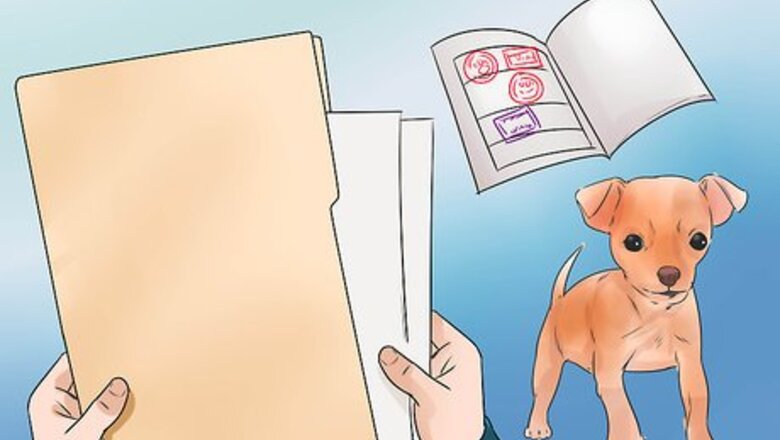
views
Securing Proper Documentation

Gather vaccination records. Before you bring your dog from the United States to Canada you need to get your vaccination records from your vet. These records will need to detail when your dog had all required vaccinations. If you do not have these records, your dog may not be permitted to enter Canada. Vaccination records must be issued by a licensed veterinarian. Dogs traveling from the USA to Canada must have been inspected by a veterinarian within the 30 days prior to travel, and the veterinarian must provide a certificate showing that the dog is free from any form of communicable disease. Check with the Canadian Food Inspection Agency before traveling in order to find out if specific vaccinations are required at the time.
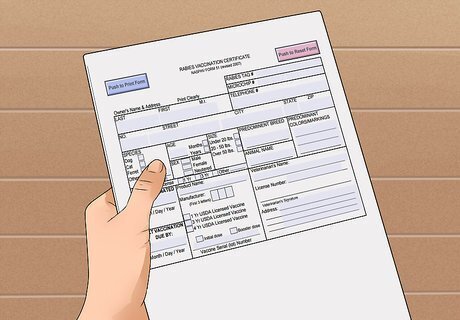
Get a rabies certification. The most important piece of documentation is a letter from your veterinarian certifying that your dog is rabies free and has been vaccinated within the last 3 years (if the vaccine is a 3-year vaccine). This requirement cannot be waived and your dog will not be allowed entry into Canada without a rabies vaccination certification. A rabies certification must: Clearly name and describe your pet. Specify the type/validity of the rabies vaccine: if it is a 1, 2, or 3 year vaccine. Be in English or French. Dogs under 3 months do not require rabies vaccinations.
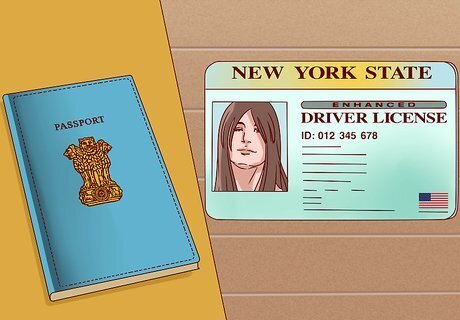
Secure your own documentation. While you might be overwhelmed with the records and certification you need to get for your dog, make sure not to forget your own documentation. Forgetting your own documentation will stop both you and your dog from entering Canada. Make sure to have: A current United States government issued passport. If you do not have a passport, you can also provide an enhanced drivers license issued by most U.S. states that border the Canada. Vehicle registration and proof of insurance if you are driving from the U.S. to Canada.
Traveling to Canada
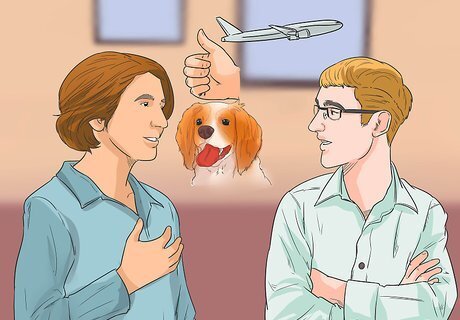
Travel by air. Check with your airline regarding their pet policy. If you choose to fly with your dog from the U.S. to Canada you need to first check with your chosen airline to figure out their pet policy. Airlines have very different policies, so take a chance to look around and see what different airlines charge and whether or not you can bring your dog on the airplane with you. Consider: Most airlines are happy to accommodate your pet, either by keeping them at your seat, or by checking them in to the baggage compartment. Dogs traveling in the cabin of the airplane must meet the airline's size requirements, and they must travel in a carrier that will both accommodate the dog's size and that will fit under the seat in front of you. Most airlines will charge a surcharge for carrying your dog onto the plane. Checking your pet into the baggage department is the only suitable option for dogs that are medium or large in size. They will need to travel in a portable dog kennel or carrier that is large enough for the pet to both lie down and turn around. Your pet will travel on the same flight as you, and the check-in counter will advise you on where to pick up your pet once you've reached your destination. If you plan to check your dog with your luggage, be aware that this could be a very traumatic experience for your pet. There are also incidents in which pets have been injured or killed.

Bring your dog to Canada by railroad. Traveling via rail is another option of going to Canada with your dog. While this is a potentially convenient option, there are a few things to remember. Consider: Canada's railway operator will only allow service dogs into the passenger cars. Other dogs, however, are allowed to be checked into the baggage car provided they pay an additional fee and that they are properly housed in a pet carrier. Make sure to have your rabies certification handy when you approach the border.

Take a bus. Taking a bus from the U.S. to Canada is another option. Bus regulations concerning dogs vary from bus line to bus line. The obvious advantage of taking a bus is that you won’t have to worry about fueling up your car and have your car inspected at the border. However, make sure to consider: Always call ahead to find out your bus line’s dog policy before you depart. Larger dogs may not be able to travel safely on a bus, as room may not permit it. You will need the same documentation, including rabies certification, in order for your pet to enter the country.

Drive by car. Driving by car with your dog from the USA to Canada is one of the most popular methods of travel. It is possibly the most convenient method for you and your dog because your pup can sit comfortably in the passenger seat or in the back seat. This, of course, avoids any potentially dangerous complications associated with having your dog shipped in a cargo or luggage compartment. Remember to bring your rabies certification and other vaccination records. Your car may be inspected at the border. Avoid packing any items that could cause delays, such as an excessive amount of dog food or medications.
Handling Inspection
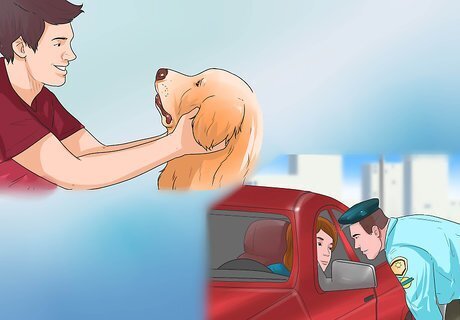
Prepare your dog. Whatever mode of traveling you’ll be doing, as you approach the border or the line where you’ll talk to border agents or other inspection personnel, you’ll need to prepare your dog for this moment. This is because there are a wide variety of things that can upset your dog when traveling. Your dog might be anxious, he or she might be afraid of people, or he or she might be sleeping. In order to prepare your dog: Make sure he or she is alert and awake. Don’t provide the opportunity for the inspection agent to wake your dog up – this might scare your dog. Try to calm your dog before interacting with any border personnel or inspection agents. Provide your friend with a treat and reinforce that this will be a positive experience. Try to keep your dog quiet. If your dog is upset or anxious, take a minute and try to relax him or her.
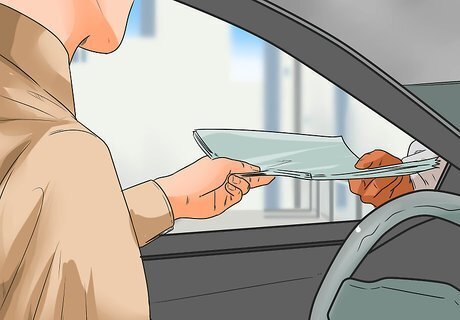
Present your papers. Before you approach the inspection agent, you should have your dog’s records, specifically his or her immunization and rabies certification papers, out and ready to turn over to the agent. This will help the inspection process go a lot smoother for all parties involved.

Talk to inspection personnel. After you’ve got your papers out, you’ll either approach the inspection agent or they will approach you – depending on if you are in a car, in an airport, or traveling by bus or rail. At this point, the inspection agent will ask you to present your papers and will proceed to ask a couple of questions about your dog and your travels. Be prepared to: Answer questions about your dog’s immunization records. Answer questions about if your dog has been out of the United States anytime during the last 6 months. Have the inspection agent look over and examine your dog for visible signs of illness.

Be prepared to pay inspection fees. All dogs entering Canada will have to be inspected by the Canada Border Services Agency. This inspection will further certify that the dog has been vaccinated for rabies and is rabies free. In addition, inspectors will look at the dog to see if there are signs of other illnesses. Fees cost $30.00 plus tax for the first dog. An additional $5.00 plus tax will be assessed for additional dogs. If your dog is not properly certified, the cost will be $55.00 plus tax for the first dog, and $30.00 plus tax for any additional dogs. In addition, you will be required to have your dog vaccinated at your own expense within two weeks of arrival. All fees are required at the time and place of inspection.


















Comments
0 comment